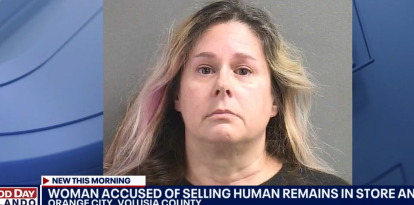Technological advances encourage drug use by making "symptoms invisible"
"The current problem is that the substances that children consume are not as easy to detect.” “New methods" of administration come in the form of e-cigarettes or edibles.

(Pexels)
An article written by a group of students at the University of Rhode Island (URI) highlights how "advances in technology" encourage the use of dangerous or illicit substances among teenagers without their parents or guardians even noticing. According to Sarah Feldstein Ewing, a professor at the Prochaska Foundation:
Invisible symptoms
The study is called The Lancet Child & Adolescent Health and was conducted under Feldstein's direction. It shows how "in the last decade there has been a global increase in the use of e-cigarettes, cannabis and prescription opiates” due in large part to "new methods" of administration, such as the use of "new cannabis-based edibles and vapes”:
Feldstein, who is also director of URI's Neuroscience Center for Adolescent Health Resilience, is particularly concerned that teenagers are increasingly consuming these harmful substances. Since their "adolescent brains” are still developing, these drugs could "adversely affect long-term neural and behavioral development."
"Families would come to me for treatment of young people who were using large amounts of substances and they would say, 'I didn't even know my son was using.’ Parents are having a hard time and now that many states are legalizing cannabis for recreational use, I think parents and providers are really at a loss when it comes to addressing this issue," Feldstein said.
An "old-fashioned conversation" and a "reset"
Although the report is aimed primarily at adolescent health care providers, the director says parents and caregivers should "open the lines of communication with young people." She believes this to be one of the best ways of “helping to stop substance use" even though it is an "old-fashioned conversation."
The doctor pointed out a "readjustment" to the new reality and offers encouragement to parents, who, in her opinion, "still have the greatest influence on their children's behavior," even though they spend most of their time with their friends:
"The current problem is that the substances that children use are not as easy to detect." E-cigarettes, cannabis edibles and prescription opiates are among the "new methods" of administration that are increasing drug use.
RECOMMENDATION





















